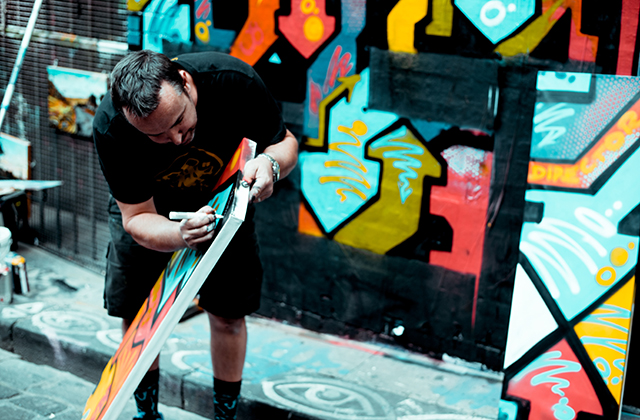In Hollywood, as in any technical job, the process is often easier to describe than to do. In Hollywood, as in any technical job, it’s easy to talk about what you want to do without knowing how to do it. Being a concept boards is also a technical job to do in filming.
You’ll have been brought up on a steady diet of movies and TV shows. Hollywood is a visual medium. It does not need words. It needs pictures. Visualizing the filmmaking process: Art Direction is a little like recommending that a cookbook author take a cooking class. Sure, it’s useful advice, but you can learn a lot more by going out and doing it yourself, rather than reading about it from someone else who has done it.
In all technical jobs there are things you can’t do unless you know how they work, and things you can do even if you don’t know how they work. Knowing how things work is art direction. Knowing your camera doesn’t mean knowing how to use it; knowing which lens goes on which camera doesn’t mean knowing how lenses work; and just because you’ve seen a film doesn’t mean you know what makes one look good and another bad.
On this page I will show you some of the things I did when I was at Pixar to help visualize the filmmaking process.
What is art direction? It is hard to describe, but it has to do with creating mood, feeling, and atmosphere, and making sure all the visuals fit together. For example, part of the art direction is making sure that a character’s look is consistent – that she wears a red shirt in one scene and a blue shirt in another. The director may not care about that. But if you don’t make it consistent, your audience will notice.
In this page I will give you some examples from Toy Story 2 and Cars. These two films were developed sequentially – they started out as very different projects. In each case we used a distinctive approach to make sure the visuals fit together.
This is not a how-to book or even a book about filmmaking. It is an attempt to explain how I work, based on my observations of other people’s working methods. If you find it useful, fine. If you find it confusing, fine.
I’m more interested in the process of the thing than the thing itself. So if you want to know what a screenplay looks like, read a screenplay and see what kind of structure it has: where the scenes are and how they relate to each other and to the characters and so on.
Visualizing this process is different from visualizing creating a movie from scratch. In order to make movies from scratch, you have to be able to visualize the whole movie as a single object, which is very hard. This book is more about learning how to visualize the process of making movies as a series of objects that lead up toward your goal–and then going out and making those objects.
A great deal of the work in making a film is the visual design. The director has to make sure that everything looks right on screen, and that doesn’t just mean making sure the actors look good. It means making sure the curtains are hung straight, that the set is right, that the props are laid out properly. The art director has to arrange all of these things so that they are easy for the actor to see.
So what is art direction? Art direction is arranging things so people can see them. There are websites that provide visual design as a guide for beginners artist.

